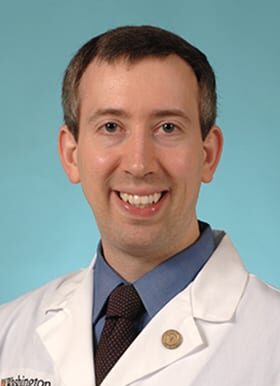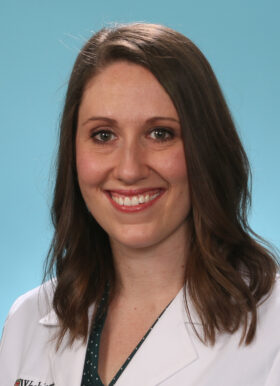Our sinus specialists are trained in the most advanced endoscopic surgical techniques. From the simplest nose and sinus problems to the most complex, our specialists provide patients with unmatched expertise and care.
We offer patients a full-range of medical and surgical management of clinical services for the diagnosis and treatment of sinus disease and nasal conditions including acute and chronic sinusitis, pediatric sinusitis, conditions affecting sections of the sinuses, nasal allergies, nasal obstructions, and deviated septums.
For patients experiencing persistent symptoms despite medical therapy, surgery might be indicated to correct chronic inflammations or severe conditions.
Physicians

Andrew J. Drescher, MD
Associate Professor of Otolaryngology—Head and Neck Surgery
Castle Connolly Top Doctor


Margaret Allison Ogden, MD, FACS
Professor of Otolaryngology—Head and Neck Surgery
Castle Connolly Top Doctor

Jay F. Piccirillo, MD, FACS
Professor of Otolaryngology—Head & Neck Surgery
Castle Connolly Top Doctor

Lauren Roland, MD, MSCI
Assistant Professor of Otolaryngology—Head & Neck Surgery
Dr. Roland is a specialist in rhinology and anterior skull base disease, including chronic rhinosinusitis, nasal polyps, fungal sinusitis, nasal obstruction, and CSF leaks.

John S. Schneider, MD, MA, FACS
Associate Professor of Otolaryngology—Head & Neck Surgery
Chief, Division of Rhinology
